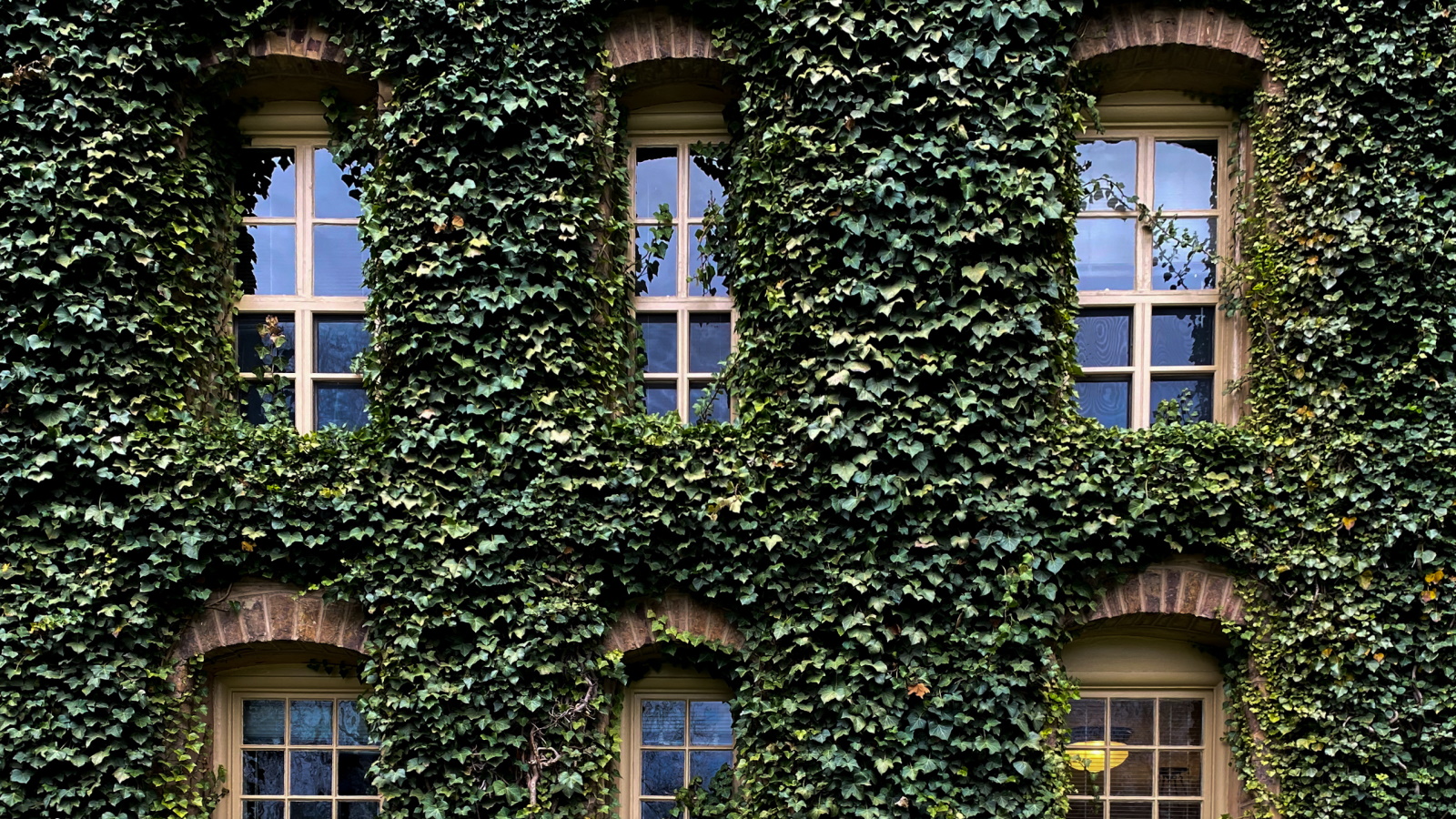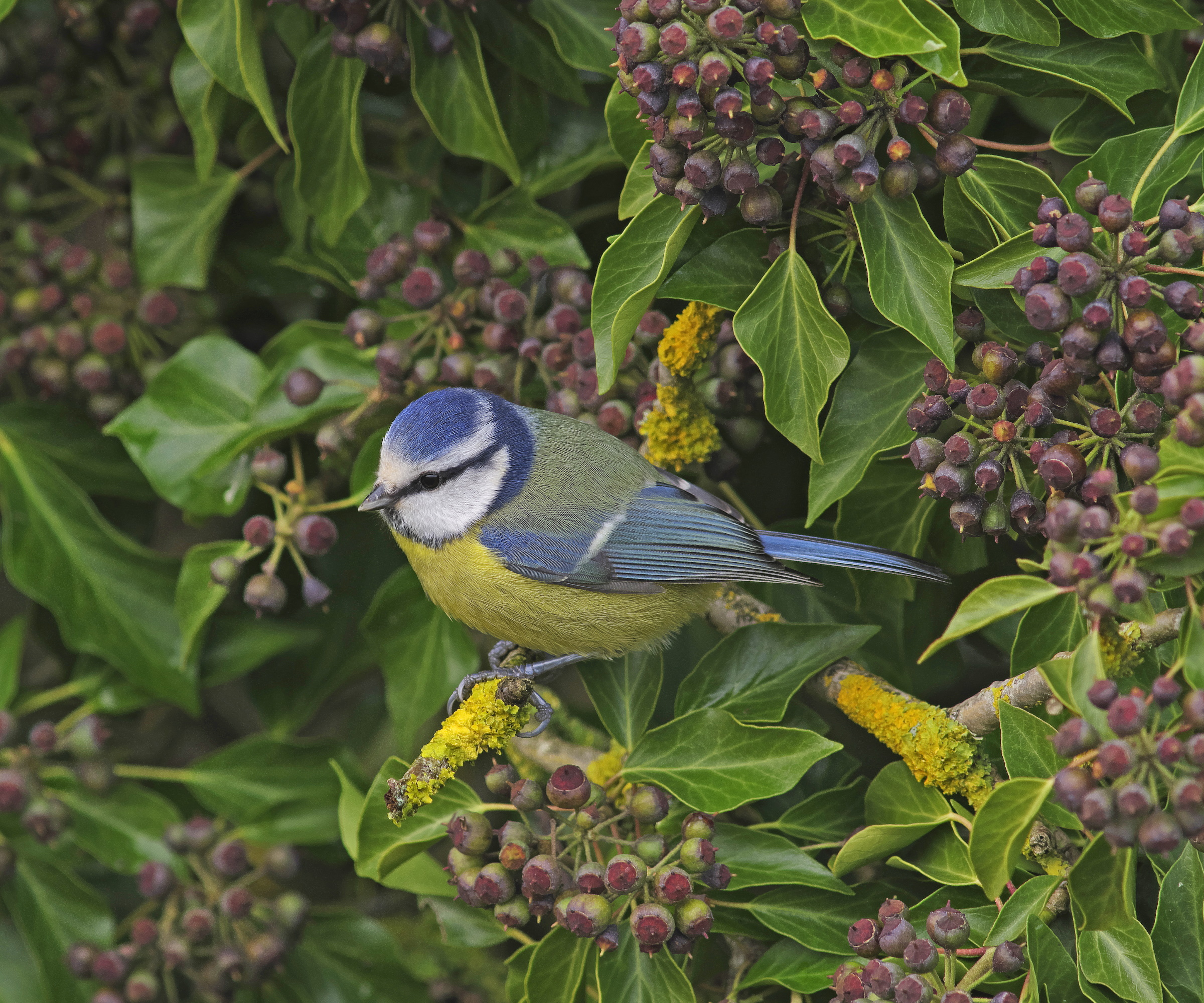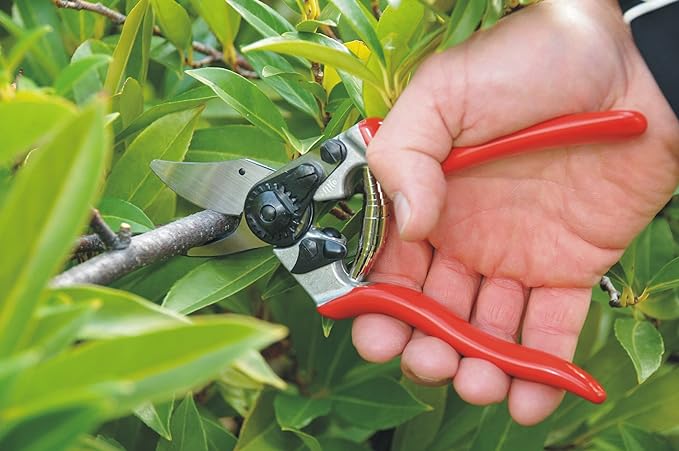How and when to prune ivy – to ensure minimal disruption to wildlife
Knowing how to prune ivy is crucial to keep this vigorous plant under control, but timing is important to protect nesting birds


Ivy is both loved and hated by gardeners in equal measure. It may be one of the best climbing plants for shade, but it is often viewed as invasive, rambling over walls and fences, weaving its way where it is not wanted. It can destroy other plants, choke trees and cause the crumbling of old walls. Yet it seems to me that in all of these situations, what is missing is regular garden maintenance.
With a small amount of attention, this evergreen climber can be managed just fine in any outdoor space. Regularly pruning ivy is essential for maintaining such a vigorous climber particularly if it is growing near the home. In doing so, you will ensure that your ivy remains healthy and aesthetically appealing, whilst also preventing it from becoming too dominant.
As with any pruning, timing is critical. Whilst most ivy species can be trimmed at any time of year, as gardeners who share our outdoor spaces with birds, bees, butterflies, and a whole host of other animals and insects, we must consider how pruning will impact on wildlife. Here we highlight when and how to prune ivy to ensure that damage to nesting and sheltering birds is limited.

Pruning ivy
If you do have a sizeable and established ivy on your plot, take a minute to stop and observe. I did just this last spring, and within five minutes of watching, several birds had flown in and out of the dense thicket of ivy growing happily across the side of the property. A small robin puffed out its red chest, eyeing me with concern as it darted in and out, whilst a blackbird tweeted and chirruped with alarm, warding me off as it gathered berries from a nearby bush.
It is crucial to consider such birds when pruning hedges, shrubs and trees, as disturbing nests can harm or disrupt their breeding patterns. Where established, I have found that ivy will provide a suitably protective habitat for birds and other animals to shelter and nest.
Whilst most ivy species and varieties can be cut and shaped at any time of year, as responsible and environmentally-conscious gardeners, we must consider timing when pruning to ensure that no damage is done to nesting birds.
When to prune ivy

'Think twice before you cut back your ivy,' says Jen McDonald, garden expert and a co-founder of Garden Girls. 'Birds and other wildlife species depend on ivy as a source of shelter, warmth and food, especially during winter months.'
Design expertise in your inbox – from inspiring decorating ideas and beautiful celebrity homes to practical gardening advice and shopping round-ups.
The best time to prune ivy to protect nesting birds is during late winter or early spring before the nesting season begins, usually around late February to mid-March, depending on your hardiness zone. Once the worst of the winter weather is over, and temperatures look set to rise, that is the moment I reach for the pruning shears.
'There’s a window between late winter and early spring before birds begin to nest,' Jen says. 'While it’s hard to specify a date, a good rule of thumb is to observe for a few days. If you see birds returning to one spot, consider leaving it alone. Nest building might already be underway.'
Before pruning, I always follow Jen's advice, inspecting the ivy for any signs of nesting activity especially in dense areas of growth. Listening is also a good approach, as nesting birds will usually become noisy neighbors, particularly if they are territorial about their patch and protecting their young. If, however, bird activity is limited and no nests can be found, you can commence pruning.

Jen McDonald is a garden expert and co-founder of Garden Girls, LLC, based in Houston, TX. With 14 raised garden beds and 400 square feet of garden space, Jen grows cut flowers to peanuts, amaranth to okra, and everything in between.

These Felco pruning shears are high performance and perfect for all your pruning requirements. The premium pruning clippers are constructed of forged aluminum handles and hardened steel blades. These pruners offer a large cutting capacity and well-balanced weight for optimal gardening.
How to prune ivy

I tend to prefer pruning by hand, as opposed to using a hedge trimmer, which allows for greater control and care. Hand pruners or shears work well, using something like these Felco pruning shears from Amazon. One of the most common pruning mistakes is using rusty or dirty tools. Always ensure your tools are clean and sharp to prevent jagged or frayed cuts, which can be an entry point for pests and diseases.
To begin with, remove any obvious overgrown vines that appear unruly. If you are pruning an ivy growing over the exterior of your home, tidy up the vines around windows and doorframes. Neat lines that you create by shaping the ivy by cutting under window ledges or gutterings will immediately enhance the look of your climber.
As you work, take care to remove dead wood that has brown or diseased foliage. It can be a good idea to attack the outer parameters of the climber first, working inwards.
As you do so, remove some stems whilst leaving some cover and shelter for wildlife, including birds. I recommend thinning out the ivy rather than cutting it back severely, removing stems from selected dense thickets, but leaving one or two patches as a habitat for wildlife in your yard. If growing on a wall or a fence, it is a good idea to remove stems that are reaching outwards too far. The weight of these stems can cause damage to structures, so it is a good idea to trim back to the wall or fence as much as possible, and tying in where necessary if you want to guide your climber in a certain direction.
As with any pruning, it is recommended that you work slowly and methodically, regularly standing back to inspect your work and assessing any patches that need additional pruning. Once finished, properly dispose of pruned ivy. Do not add clipped ivy to your compost heap, as it has a tendency to grow and root wherever it can.
FAQs
How fast does ivy grow?
Growth rates are specific to different species and varieties, as well as the position of your climber. Many ivy vines, such as the common English ivy, Hedera helix, can grow up to 5-7ft per year if grown in a suitable position. Annual pruning in early spring will help to keep your ivy under control, but you can trim any hanging or obstructive vines at any time of year.
By following these steps, you can maintain your ivy whilst also providing a safe habitat that will help the wildlife in your yard to thrive. Consider planting additional shrubs and trees that will encourage other species, such as hummingbirds, to your yard.

Thomas is a Content Editor within the Gardens Team at Homes and Gardens. He has worked as a professional gardener for both public spaces and private estates, specializing in productive gardening, growing food and flowers. Trained in Horticulture at the Garden Museum, he has written on gardening and garden history for various publications, including The English Garden, Gardens Illustrated, Hortus, The London Gardener and Bloom. He has co-authored a Lonely Planet travel book, The Tree Atlas, due out in 2024.